Atsuko Mochida’s Rotating House
In Mito, the artist renovated an old house and modified it entirely to make part of the space rotate in on itself.
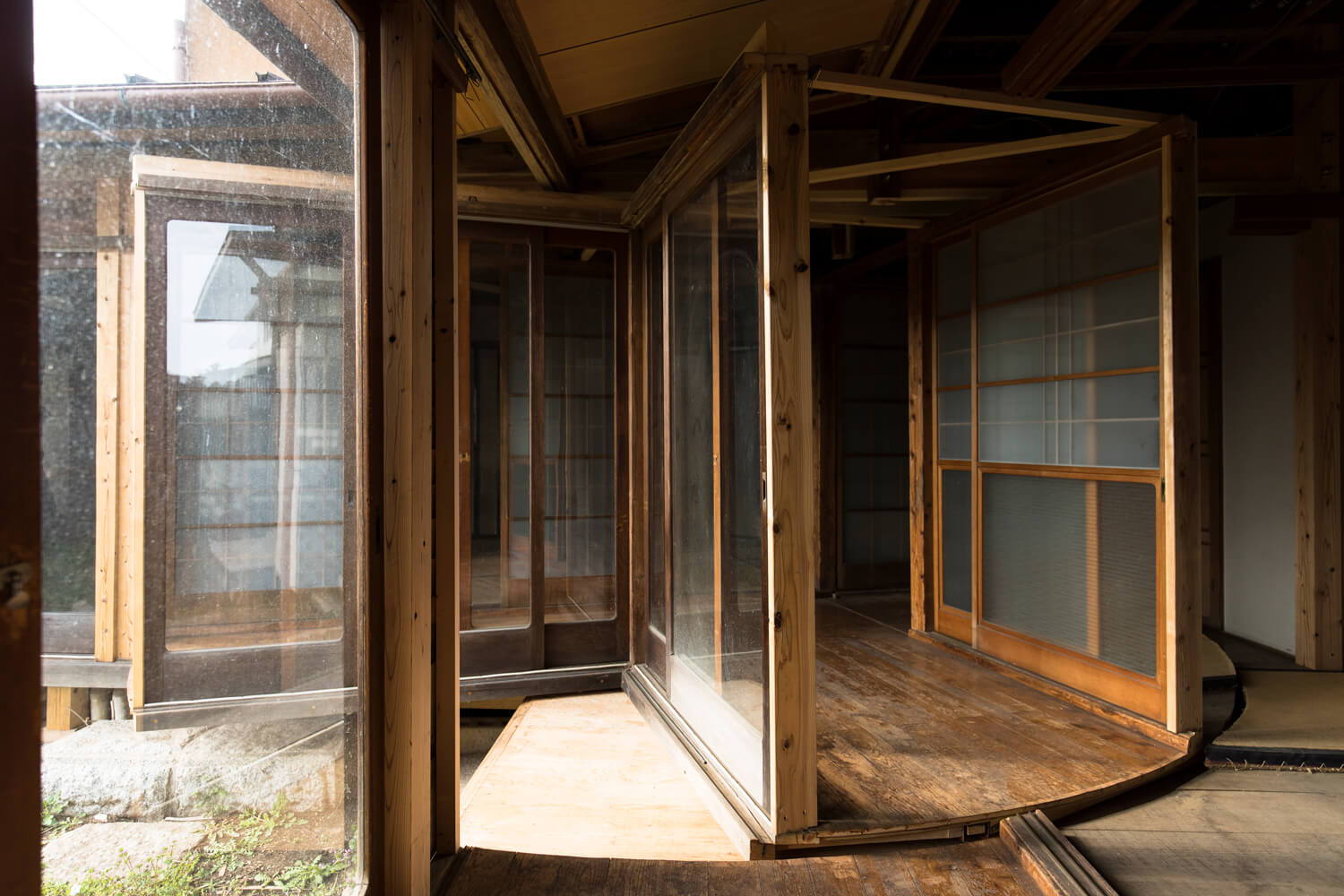
© Ryuichi Taniura
It all began when the then-29-year-old artist found a traditional Japanese house that had been left abandoned for a decade, in the heart of Ibaraki Prefecture. Atsuko Mochida became fascinated by its history and wondered how she could give it a new life through art.
She first decided to increase its surface area. Then, with the help of carpenters and other artisans from the region, she isolated a circular area of the floor, 5 m in diameter, and placed it on an axis so that it could rotate in on itself. When still, the device is barely visible. Once working, the installation ‘breaks’ the walls and creates an unexpected opening in the façade of the house. The room that contains the circular area suddenly becomes exposed to the outside world and transforms into an improvised patio.
Questioning the boundary between private and public
This project, entitled The Revolving House of T., follows in the footsteps of the artist’s previous creations, one of her most notable being the installation Piercing the Prison (2015), a metal bar that creates a breach in a cell in a former prison in Weimar, Germany. She was also behind Push the Wall (2016), an installation in Berlin in which visitors were invited to push a wall without knowing what it was hiding.
With this house, Atsuko Mochida once again questions the boundary between public and private, and also the identity of the architectural object: is an artist who works with a few artisans an architect? If a house has a bedroom that isn’t constantly protected by walls, is it really a house? If a traditional house is given such an overhaul, is it still anchored in the past, regardless of the original elements that remain?
Those interested in finding an answer to such questions are invited to contact the artist: Atsuko Mochida offers the public access to her rotating house, but by appointment only.
The Revolving House of T. (2017), a work by Atsuko Mochida, can be found on her website.
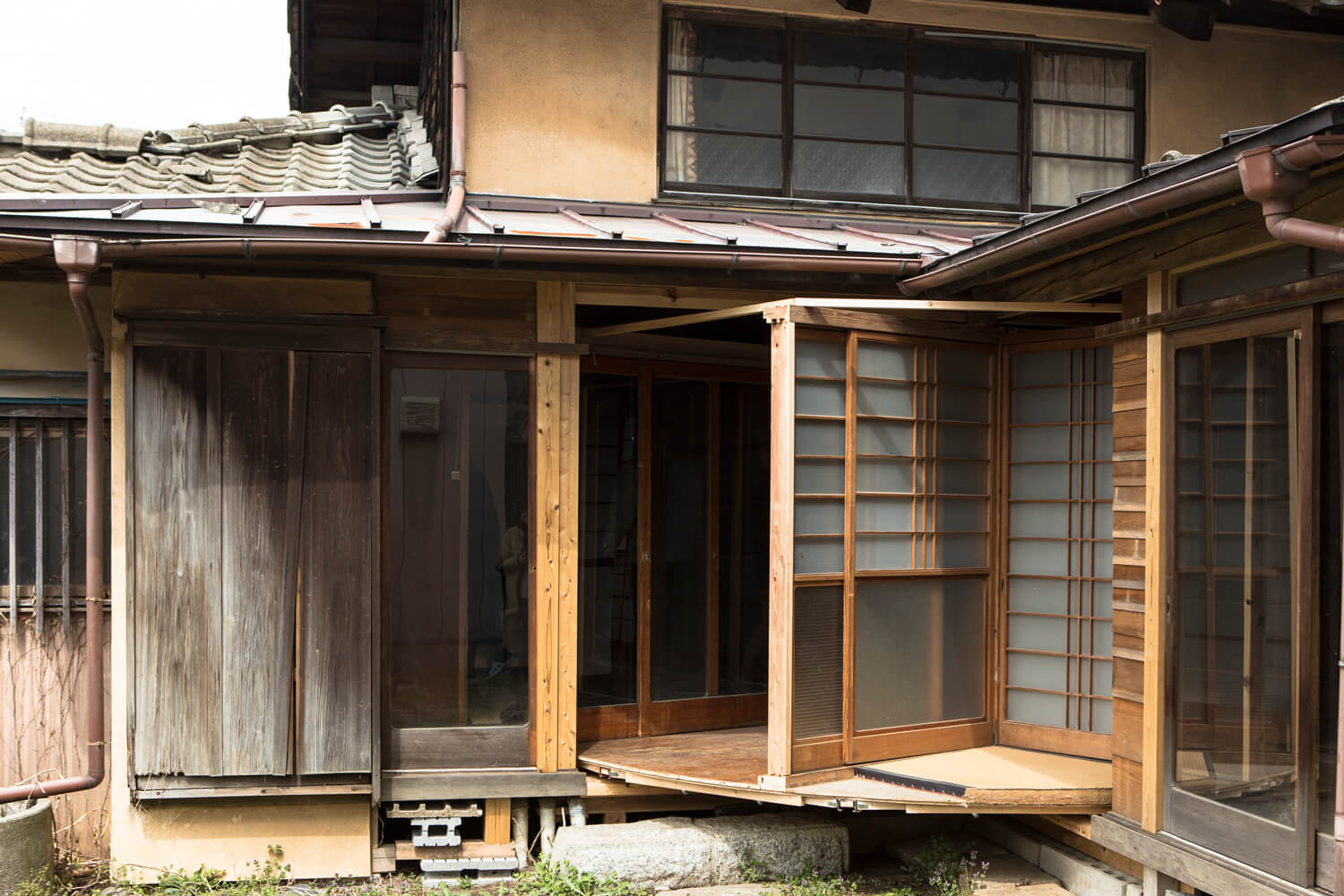
© Ryuichi Taniura
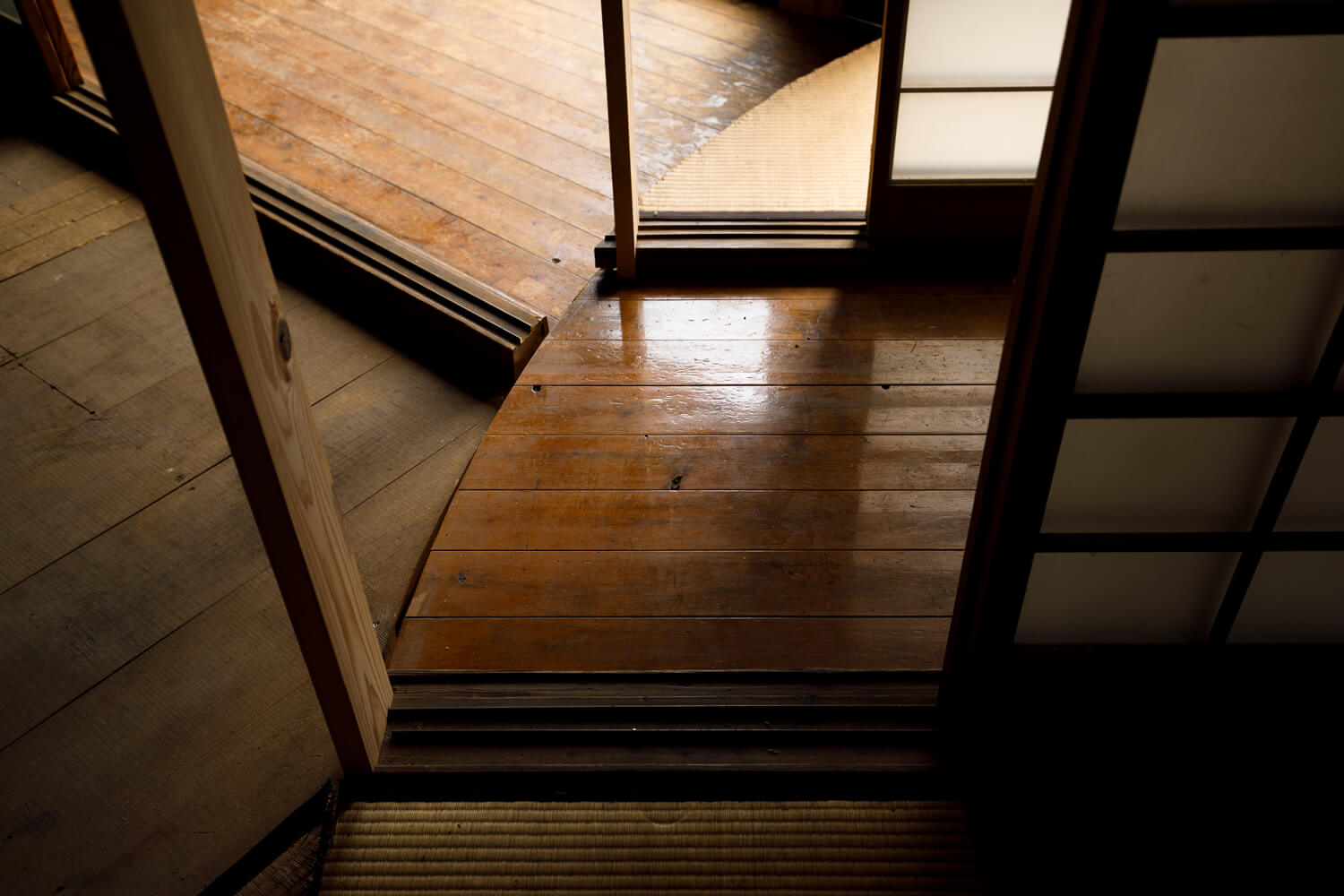
© Ryuichi Taniura
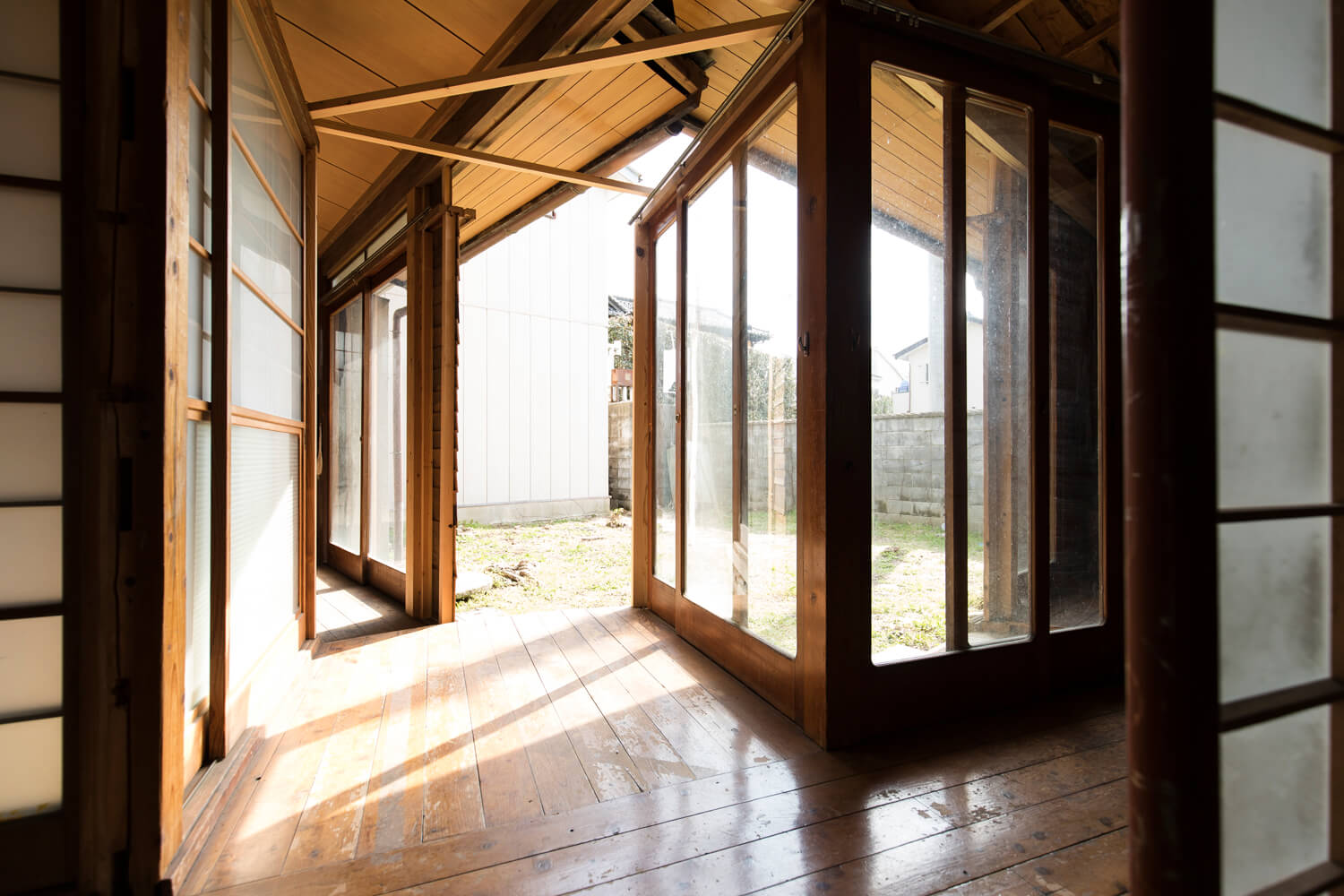
© Ryuichi Taniura
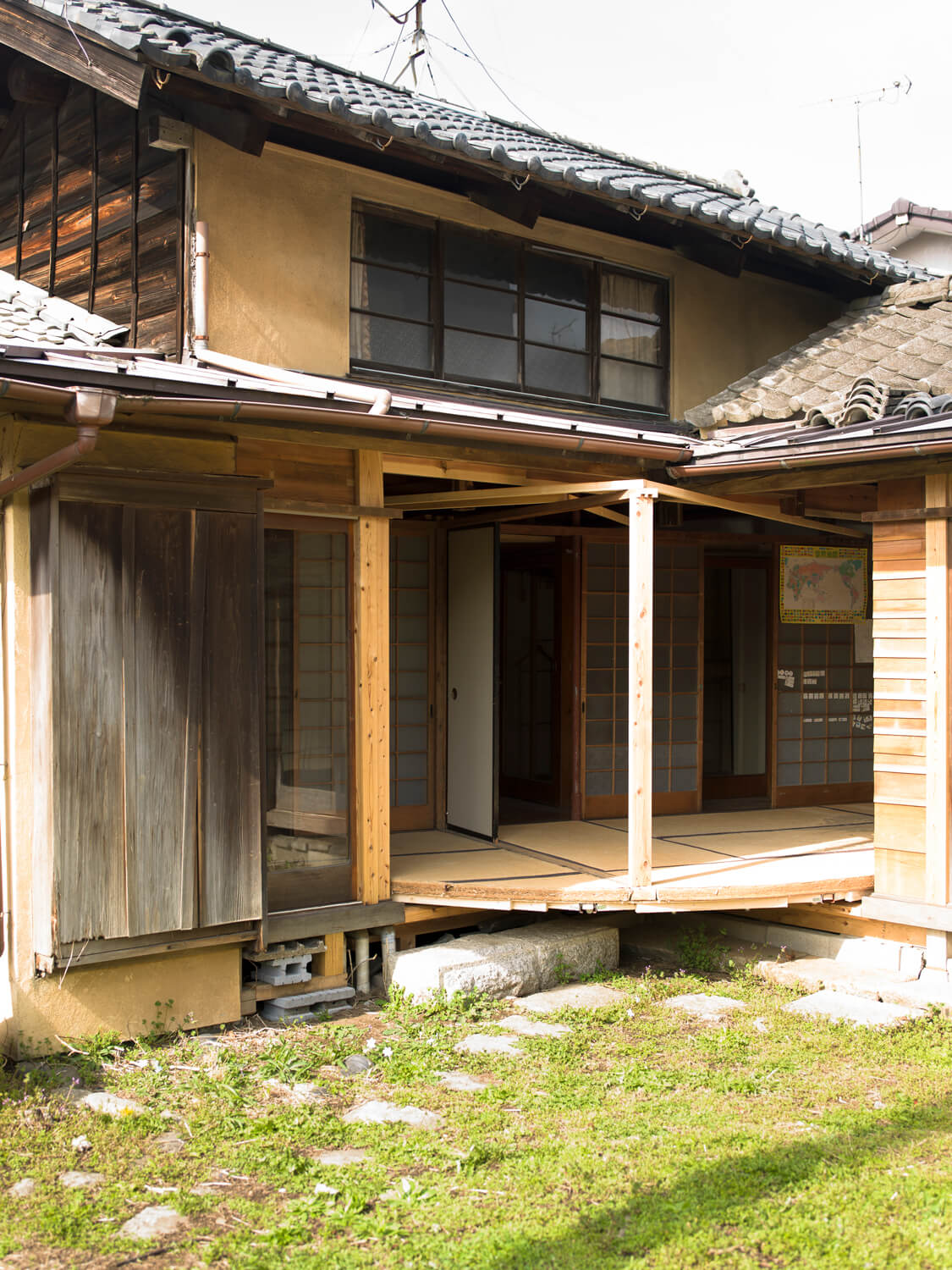
© Ryuichi Taniura
TRENDING
-
The Tattoos that Marked the Criminals of the Edo Period
Traditional tattoos were strong signifiers; murderers had head tattoos, while theft might result in an arm tattoo.

-
Chiharu Shiota, Red Threads of the Soul
Last year, more than 660,000 people visited the retrospective 'Chiharu Shiota: The Soul Trembles' exhibit at the Mori Art Museum.

-
‘Before Doubting Others, Doubt Yourself. Who Can Truly Say a Dish Isn’t What It Used to Be?’
In ‘A Non-Conformist’s Guide to Surviving Society’, author Satoshi Ogawa shares his strategies for navigating everyday life.

-
The Story of Sada Yacco, the Geisha who Bewitched Europe
Described by Dazed magazine as the first beauty influencer, she has been restored to her former glory since 2019.

-
Ito Jakuchu's Naturalist Paintings
From 15 September until 14 October 2018, the Petit Palais showcased the artist's iconic ‘Images of the Colourful Realm of Living Beings’.





